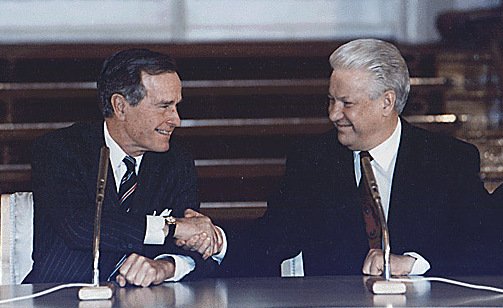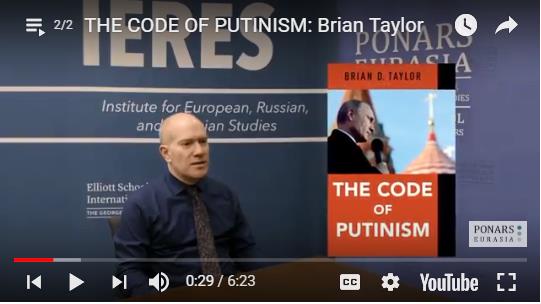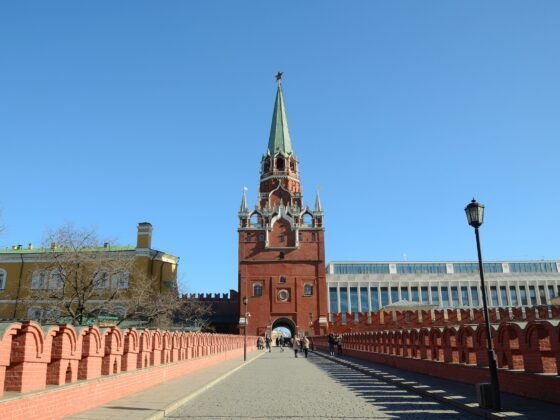(PIN Points) Twenty-six years after the moment when Presidents Yeltsin of Russia and George H. W. Bush of the United States of America declared an end to their Cold War confrontation and a “new era of friendship and partner- ship” (Wines 1992) such a prospect still seems a far cry. The US–Russia relationship has been developing only in fits and starts, reaching previously unseen lows by mid-2018. Washington and Moscow conducted many rounds of bilateral and multilateral negotia- tions on the issues of mutual concern – from the ways to deal with the civil war in Bosnia in the early 1990s, to NATO enlargement and US missile defense deployments from the mid-1990s, to the fate of eastern Ukraine since 2014. Despite numerous phases of high ex- pectations, most of these negotiations did not result in sustainable agree- ments – so that the controversies re- mained in place and indeed continued to poison the relationship. The reasons for these failures has become the sub- ject of heated debate among policy an- alysts and academics, many of whom have used the empirical material from developments between the US and Russia as evidence to support theo- ries in the fields of Political Science and International Relations as well as to make generalizations about the two countries’ relations.
Read More: academia.edu| MGIMO | PIN Points











